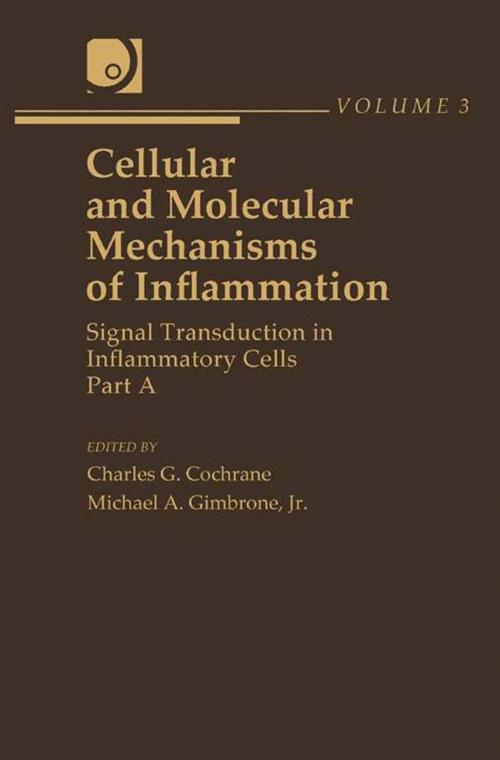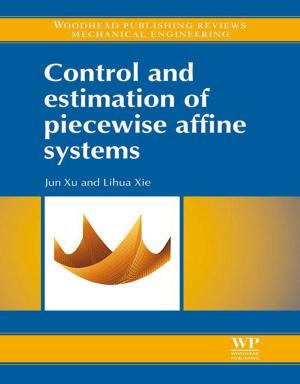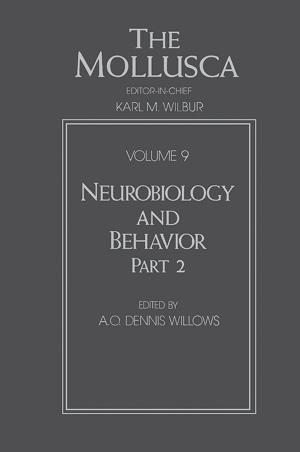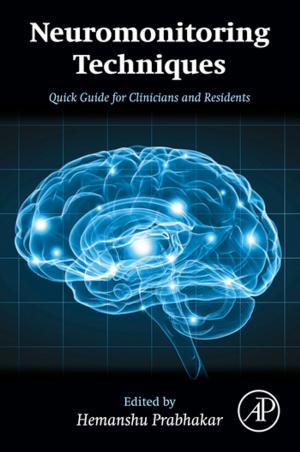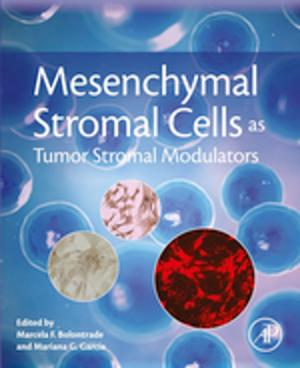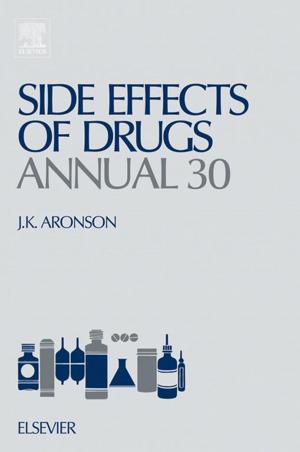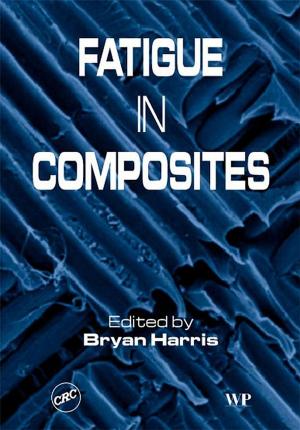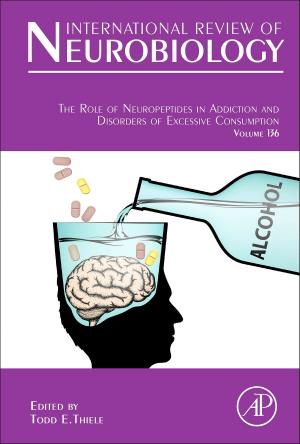Cellular and Molecular Mechanisms of Inflammation
Signal Transduction in Inflammatory Cells, Part A
Nonfiction, Health & Well Being, Medical, Specialties, Clinical Medicine, Health, Ailments & Diseases| Author: | ISBN: | 9781483191539 | |
| Publisher: | Elsevier Science | Publication: | October 22, 2013 |
| Imprint: | Academic Press | Language: | English |
| Author: | |
| ISBN: | 9781483191539 |
| Publisher: | Elsevier Science |
| Publication: | October 22, 2013 |
| Imprint: | Academic Press |
| Language: | English |
Cellular and Molecular Mechanisms of Inflammation: Signal Transduction in Inflammatory Cells, Part A is a collection of papers that discusses the mechanisms of the transduction of signals linking stimulated receptors and cellular function.
This book describes the pathways of signal transduction involved in stimulating functions of inflammatory cells connected with host defense and development of inflammatory injury. One paper notes the potential of using fluorescence methodology in analyzing ligand-receptor interactions in living systems during the natural abundance of cell surface receptors. Another paper discusses the structure and function of GTP-binding proteins in neutrophil signal transduction, particularly the role of oligomeric G proteins in signal transduction. One concern in signal transduction research is the physiological significance of the presence of multiple forms of proteins that can have identical functions. One paper reviews phosphatidylcholine breakdown and hormone action in the rat liver, focusing on G proteins and on inositol phospholipid breakdown. This book also discusses calcium translocation in signal transduction, as well as, a novel signal transduction pathway involving phosphatidylinositol 3-kinase.
This book can prove beneficial for biochemists, micro-biologists, cellular researchers, and academicians involved in the study of cellular biology, physiology or oncology.
Cellular and Molecular Mechanisms of Inflammation: Signal Transduction in Inflammatory Cells, Part A is a collection of papers that discusses the mechanisms of the transduction of signals linking stimulated receptors and cellular function.
This book describes the pathways of signal transduction involved in stimulating functions of inflammatory cells connected with host defense and development of inflammatory injury. One paper notes the potential of using fluorescence methodology in analyzing ligand-receptor interactions in living systems during the natural abundance of cell surface receptors. Another paper discusses the structure and function of GTP-binding proteins in neutrophil signal transduction, particularly the role of oligomeric G proteins in signal transduction. One concern in signal transduction research is the physiological significance of the presence of multiple forms of proteins that can have identical functions. One paper reviews phosphatidylcholine breakdown and hormone action in the rat liver, focusing on G proteins and on inositol phospholipid breakdown. This book also discusses calcium translocation in signal transduction, as well as, a novel signal transduction pathway involving phosphatidylinositol 3-kinase.
This book can prove beneficial for biochemists, micro-biologists, cellular researchers, and academicians involved in the study of cellular biology, physiology or oncology.
